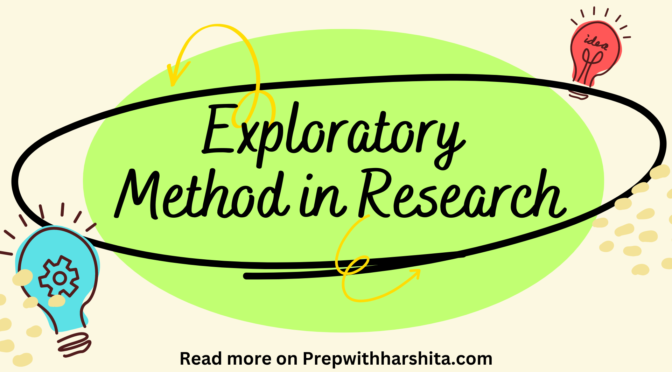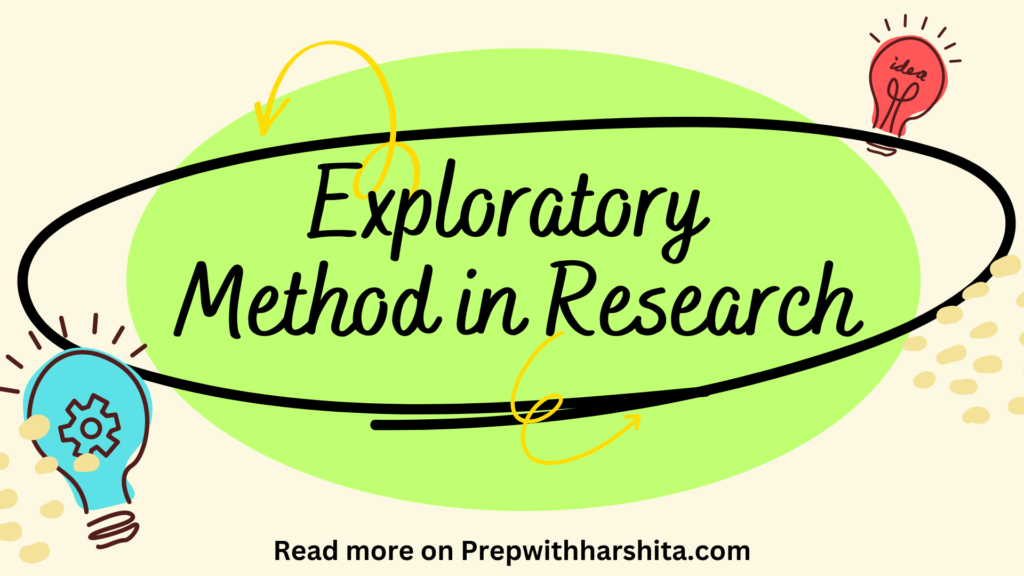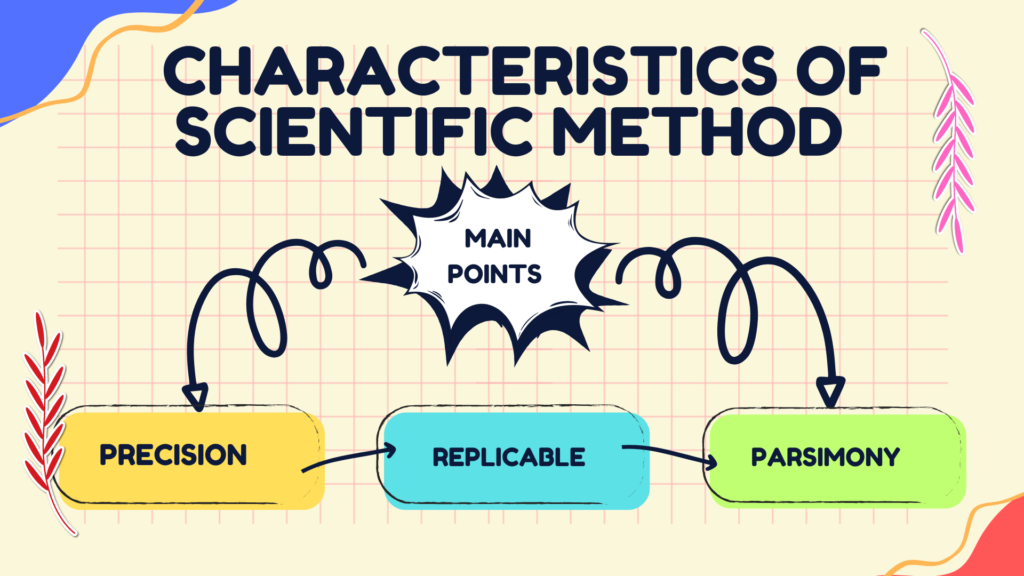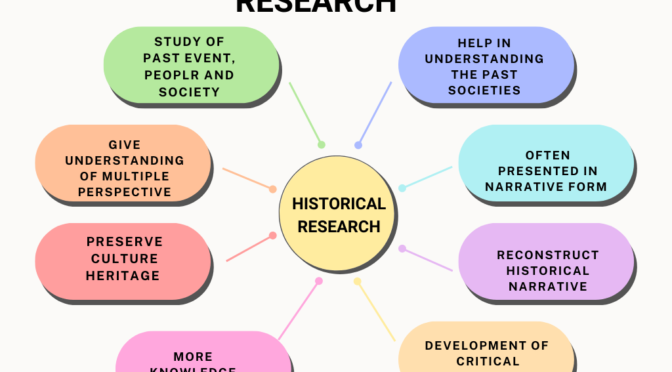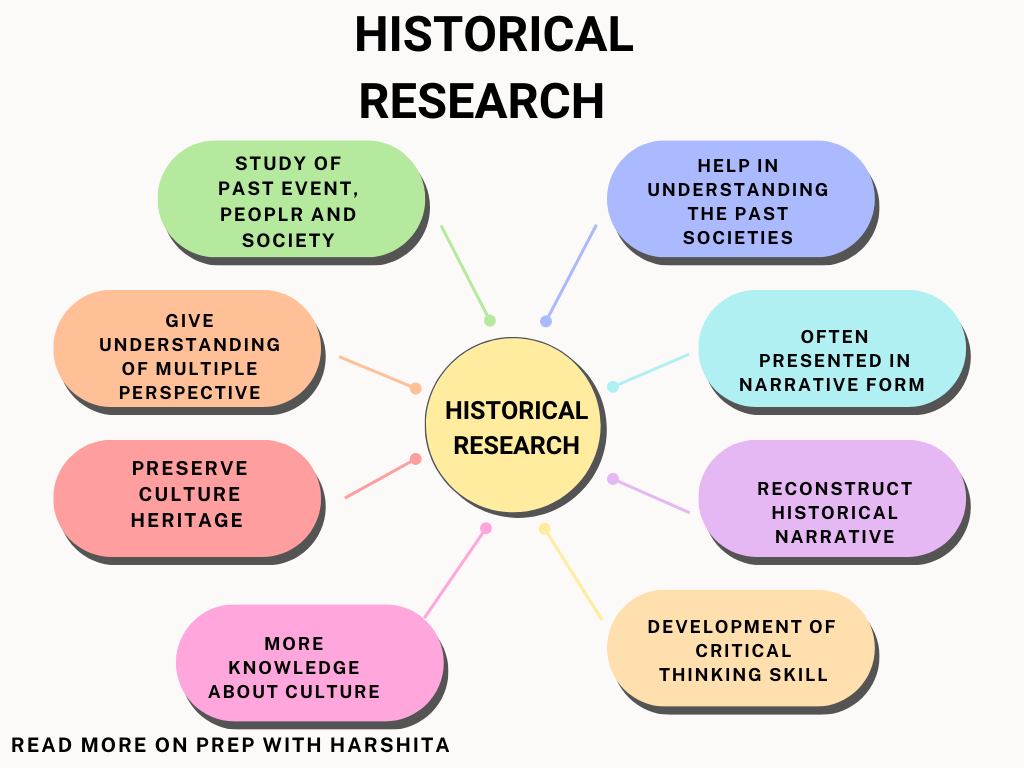Educational research is a type of research that focuses on the investigation of educational processes, policies, and practices. It is a systematic and scientific inquiry that uses a variety of research methods to generate knowledge and improve educational outcomes. Here are some of the key characteristics of educational research:
- Empirical: Educational research is empirical in nature, meaning that it is based on observations and data collected through systematic methods. This data is used to support or refute theories, concepts, or hypotheses related to educational practices.
- Systematic: Educational research is systematic in its approach, meaning that it is conducted using a well-defined research process. This includes clearly defining research questions or hypotheses, selecting appropriate research methods, collecting and analyzing data, and drawing conclusions.
- Objective: Educational research is objective in nature, meaning that it strives to be free from personal biases or prejudices. Researchers should strive to maintain a neutral and unbiased perspective throughout the research process.
- Generalizable: Educational research should be generalizable, meaning that the findings should be applicable to a larger population beyond the sample used in the research. This requires appropriate sampling methods and statistical analysis to ensure that the findings are representative of the larger population.
- Ethical: Educational research must adhere to ethical principles and guidelines, including informed consent, protection of participants’ rights and confidentiality, and the avoidance of harm.
- Practical: Educational research should have practical applications and be relevant to educational practice. The findings should be useful to educators and policymakers in making decisions related to curriculum, teaching methods, and other educational policies and practices.
- Collaborative: Educational research is often conducted collaboratively, with multiple researchers working together to design and conduct studies and analyze data. Collaboration can help to ensure the quality and rigor of the research, as well as facilitate the dissemination and application of the findings.





